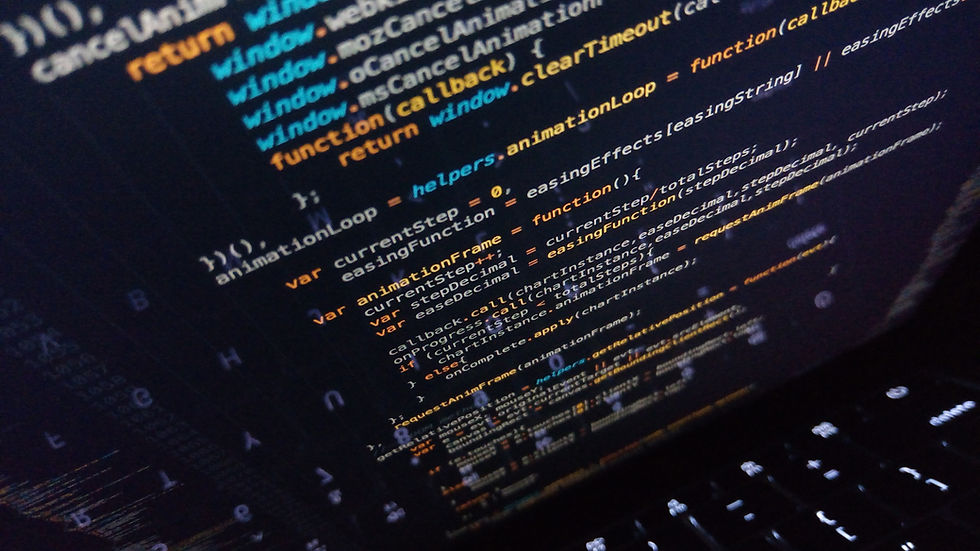
Open Source Licensing
A Primer for Technology Transfer Professionals
Open source licenses “are used by software developers, scientists, authors, artists, and educators who want to create collaborative projects and to dedicate their works to the public.” [1] “Without license information, third parties may (and should) assume that the default rules of copyright apply, i.e. that they have no permission to copy, modify, or redistribute the code.” [2]
This report contains a compilation of information about open source licensing and related non-commercial methods of distributing copyrighted works, along with some distinctions between different types of licenses.
U.S. Science Policy and Its Effect on University Technology Transfer
Michael Patterson
J.D. 2015, UMKC School of Law
American universities are well known as a hotbed of new ideas and innovations. Universities, however, aren’t generally in the business of developing these ideas into products or services offered directly to the public. Instead, patent licensing is a widely accepted and encouraged means of transferring technologies from university laboratories to a commercial development environment. When the Federal Government funds the research that leads to these technologies, however, the question of ownership and intellectual property rights becomes an issue. In the U.S., these rights are largely defined by federal law, as enacted by Congress and interpreted by the courts.
This paper reveals the important role that university technology transfer plays in developing both the “basic research” that expands our understanding of science and the “applied research” that creates commercial value.
The following analysis demonstrates how the Federal Government supports this development through the creation of laws and funding priorities that balance those interests. Using history as a model for the future, this paper examines the policies behind the creation of past laws and proposes the framework for a comprehensive science policy that should guide the future of technology transfer in the U.S.
Part I provides some historical perspective through an overview of technology transfer in the complex environment that existed in the 35 years following World War II. Part II covers key legislation and case law that has arisen since the passage of the Bayh-Dole Act in 1980, while Part III examines current issues, proposed legislation, and novel legal structures that have shown promise in other parts of the world. Part IV concludes with proposed policy objectives that emphasize efficient use of intellectual capital and sustainable economic growth.
